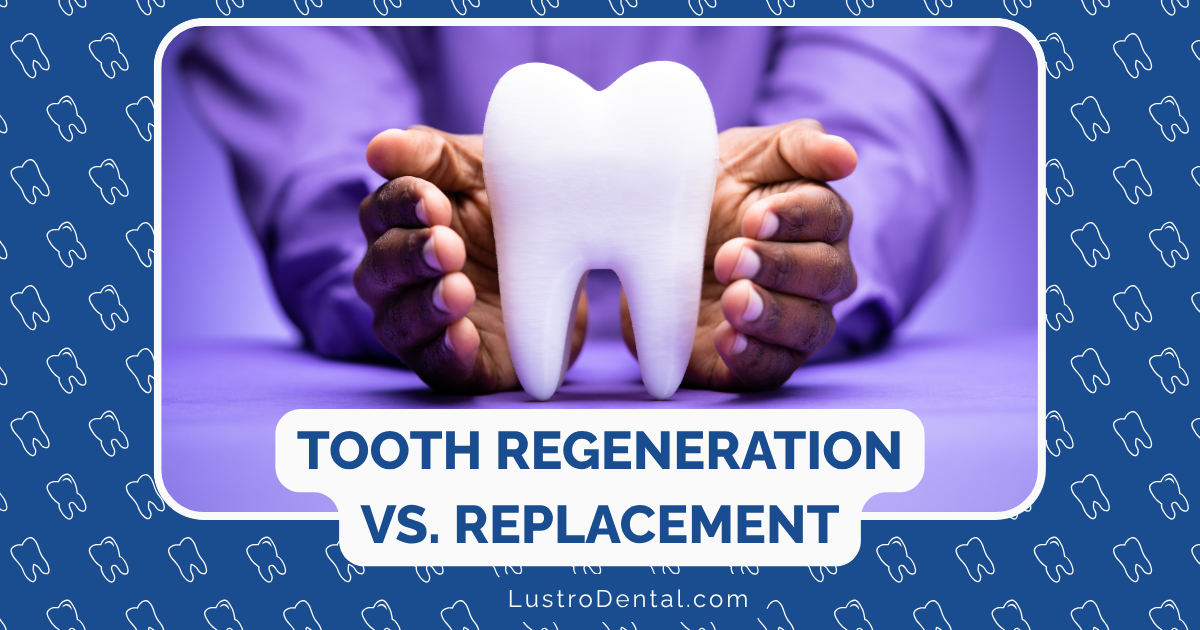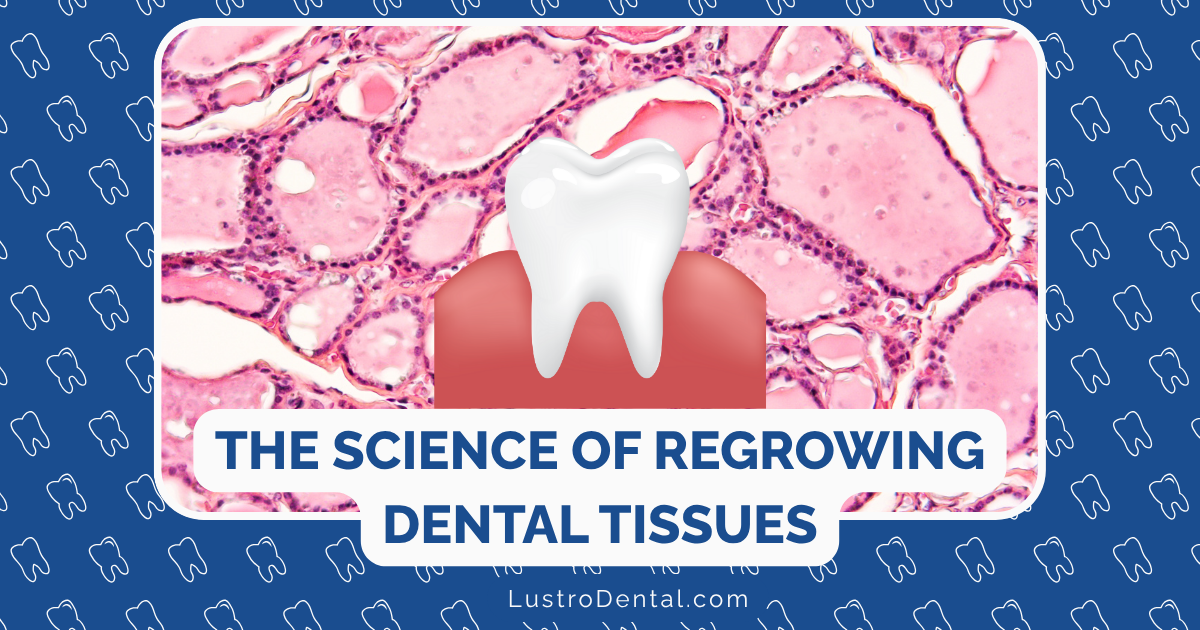Teledentistry for Rural Communities: Expanding Access to Care

Rural communities across America face a silent health crisis that often goes unnoticed: limited access to dental care. While urban areas typically have one dentist for every 1,600 residents, rural counties may have just one dentist serving over 4,800 people—or in some regions, no dentist at all within a 50-mile radius. This disparity creates significant barriers to oral health, leading to higher rates of untreated decay, periodontal disease, and tooth loss among rural populations.
Teledentistry—the use of electronic information, imaging, and communication technologies to provide dental care, consultation, and education—has emerged as a promising solution to bridge this gap. By leveraging digital technologies, teledentistry can connect patients in remote areas with dental professionals, potentially transforming access to oral healthcare for millions of Americans.
The Rural Dental Care Crisis: Understanding the Challenge
Before exploring solutions, it’s important to understand the scope of the problem:
Significant Access Disparities
According to the Rural Health Information Hub, rural communities face several challenges in accessing dental care:
- Provider Shortages: Over 60% of all Dental Health Professional Shortage Areas (DHPSAs) are in rural communities.
- Geographic Barriers: Many rural residents must travel more than 60 minutes to reach the nearest dental provider.
- Economic Factors: Rural communities often have higher poverty rates and lower rates of dental insurance coverage.
Concerning Health Outcomes
These access barriers translate directly to poorer oral health. A recent report by CareQuest Institute for Oral Health found that:
- 40% of rural adults haven’t visited a dentist in more than a year (compared to 35% of urban residents)
- Rural residents are 10% more likely to have untreated decay
- Rural adults are nearly twice as likely to have complete tooth loss by age 65
Dr. Sarah Johnson, a public health dentist who works with rural communities, explains: “The consequences of limited dental access extend far beyond oral health. Dental problems can affect overall health, nutrition, self-confidence, employability, and quality of life. When basic preventive care isn’t accessible, minor issues often escalate into painful emergencies requiring more invasive and costly treatments.”
How Teledentistry Works: Connecting Patients and Providers
Teledentistry encompasses several approaches to remote dental care:
Synchronous Teledentistry
Real-time interaction between patients and dental providers through videoconferencing technology. This may involve:
- Direct Patient Consultations: Patients use smartphones or computers for virtual appointments with dentists.
- Facilitated Examinations: A dental hygienist or assistant at a local clinic helps facilitate a remote examination with a dentist located elsewhere.
- School-Based Programs: School nurses help connect children with dental providers for screenings and consultations.
Asynchronous Teledentistry
Also known as “store-and-forward” teledentistry, this involves collecting clinical information and sending it to a dental provider for review at a later time:
- Digital Imaging: Intraoral photos or radiographs taken at a local facility and transmitted to a dentist for diagnosis.
- Health History Assessment: Patient information collected and forwarded to dental specialists for treatment planning.
- Remote Monitoring: Ongoing assessment of conditions like orthodontic progress or post-surgical healing.
Hybrid Models
Many successful rural programs combine elements of both approaches, along with strategic in-person care:
- Hub-and-Spoke Model: Central dental facilities connected to satellite locations staffed by dental hygienists or assistants.
- Mobile Unit Coordination: Teledentistry triage determining which patients need to be seen when mobile dental units visit a community.
- Collaborative Practice: Dental hygienists practicing in community settings with virtual supervision from dentists.
Benefits of Teledentistry for Rural Communities
Teledentistry offers numerous advantages specifically addressing rural healthcare challenges:
Expanded Geographic Reach
By eliminating distance barriers, teledentistry extends care to previously underserved areas:
- Patients can connect with providers without traveling long distances
- Specialists become accessible to communities that previously had no access
- Emergency consultations can occur rapidly, preventing complications
Efficient Use of Limited Provider Resources
Rural areas often struggle to attract and retain dental professionals. Teledentistry maximizes the impact of available providers:
- One dentist can serve patients across multiple communities
- Dental hygienists and therapists can work at the top of their license with virtual supervision
- Specialists can consult on cases without requiring patient travel
Economic Benefits
Teledentistry can reduce costs for both patients and the healthcare system:
- Reduced Travel Costs: Patients save on transportation expenses, which can be substantial in rural areas.
- Less Time Off Work: Virtual appointments minimize time away from employment.
- Earlier Intervention: Problems identified sooner require less expensive treatment.
- Reduced Emergency Room Visits: Many rural patients seek dental care in emergency rooms; teledentistry provides alternatives.
A study published in the Journal of Public Health Dentistry found that teledentistry programs could reduce the cost per patient encounter by up to 35% in rural settings.
Improved Preventive Care and Health Education
Beyond treatment, teledentistry enhances prevention efforts:
- Regular virtual check-ins encourage preventive care
- Oral hygiene instruction can be provided remotely
- Nutritional counseling and preventive education reach more patients
- School-based programs can provide consistent preventive messaging
Successful Models: Teledentistry in Action
Several programs demonstrate the potential of teledentistry in rural settings:
The Virtual Dental Home (California)
This innovative program, developed by the University of the Pacific’s School of Dentistry, brings preventive care to community sites like schools, nursing homes, and libraries:
- Dental hygienists and assistants provide preventive care and collect diagnostic information
- Records are uploaded to a cloud-based system for dentist review
- Dentists create treatment plans and authorize procedures that can be performed on-site
- Patients requiring more complex care are referred for in-person treatment
The program has successfully treated thousands of rural and underserved patients, with over 90% of needed care provided in the community setting.
Northern Arizona University Teledentistry Program
Serving the rural and tribal communities of northern Arizona, this program addresses the needs of populations with particularly limited access:
- Mobile dental teams visit remote communities
- Teledentistry connections link these teams with dentists and specialists
- Integration with community health workers enhances cultural appropriateness
- Special focus on preventive care for children in tribal areas
Research on this program published in the Journal of Rural Health demonstrated a 25% reduction in untreated decay among children in participating communities.
SmileConnect (Colorado)
This school-based program brings preventive services and teledentistry to rural Colorado schools:
- Dental hygienists provide cleanings, sealants, and fluoride treatments in schools
- Virtual examinations connect children with dentists for diagnosis
- Care coordination helps families find treatment resources when needed
- Integration with Medicaid and public health programs ensures sustainability
Implementation Considerations: Making Teledentistry Work
For communities considering teledentistry programs, several factors are critical for success:
Technology Infrastructure
While technology requirements are relatively modest, certain elements are essential:
- Reliable Internet: Adequate bandwidth for video consultations and image transfer
- Appropriate Devices: Computers, tablets, or smartphones with cameras
- Intraoral Cameras: For detailed examination of the oral cavity
- HIPAA-Compliant Platforms: Secure systems for patient information exchange
The Rural Health Information Hub notes that many successful programs start with simple technology and expand capabilities over time.
Workforce Considerations
Teledentistry works best with a collaborative approach:
- Training Local Personnel: Community health workers, dental assistants, or hygienists need training in teledentistry protocols
- Provider Engagement: Dentists must be comfortable with virtual examination and diagnosis
- Team-Based Approach: Clear roles for on-site personnel and remote providers
- Cultural Competence: Understanding the specific needs of the rural community being served
Regulatory and Reimbursement Landscape
The policy environment significantly impacts teledentistry implementation:
- Scope of Practice Laws: State regulations regarding what procedures dental hygienists and other providers can perform
- Teledentistry Policies: Specific state laws governing virtual dental care
- Reimbursement Mechanisms: Insurance coverage for teledentistry services varies by state and insurer
- Interstate Practice: Regulations regarding dentists practicing across state lines
Dr. Michael Chen, who helped implement a rural teledentistry program in Montana, advises: “Start by thoroughly researching your state’s specific regulations. Many states have expanded teledentistry policies in recent years, but the details vary significantly and directly impact what models are viable.”
Challenges and Limitations
While promising, teledentistry isn’t without challenges:
Technical Limitations
- Connectivity Issues: Many rural areas still lack reliable broadband access
- Diagnostic Limitations: Some conditions require in-person examination
- Procedural Restrictions: Many treatments cannot be performed remotely
Social and Cultural Barriers
- Digital Literacy: Some rural populations may struggle with technology
- Trust Concerns: Patients may be hesitant about virtual healthcare
- Language and Cultural Factors: Programs must be culturally appropriate
Sustainability Concerns
- Funding Challenges: Initial implementation often requires grants or special funding
- Reimbursement Inconsistency: Insurance coverage for teledentistry varies widely
- Provider Adoption: Some dental professionals are reluctant to embrace new models
The Future of Rural Teledentistry
Despite challenges, several trends suggest a promising future for teledentistry in rural communities:
Expanding Technology
Emerging tools will enhance teledentistry capabilities:
- AI-Assisted Diagnosis: Artificial intelligence helping to identify conditions from digital images
- Advanced Intraoral Cameras: More affordable, higher-quality imaging devices
- Remote Monitoring Tools: Devices that patients can use at home for ongoing assessment
Policy Evolution
The regulatory landscape continues to develop favorably:
- Increasing Reimbursement: More states and insurers covering teledentistry services
- Scope Expansion: Growing recognition of expanded roles for dental hygienists and therapists
- Interstate Compacts: Emerging agreements allowing dentists to practice across state lines
Integration with Broader Healthcare
Teledentistry is increasingly part of comprehensive healthcare approaches:
- Medical-Dental Integration: Coordination with primary care telemedicine
- School-Based Health Centers: Comprehensive health services including teledentistry
- Community Health Worker Models: Trained local personnel facilitating multiple telehealth services
Conclusion: A Vital Tool for Rural Oral Health
Teledentistry alone won’t solve all rural dental access challenges, but it represents a powerful tool in addressing this critical healthcare disparity. By connecting patients with providers across geographic barriers, maximizing the impact of the existing workforce, and enabling earlier intervention, teledentistry can significantly improve oral health outcomes in rural communities.
As Dr. Lisa Rodriguez, director of the Rural Oral Health Initiative, summarizes: “The beauty of teledentistry is that it doesn’t require us to completely reinvent rural healthcare delivery. Rather, it enhances existing systems, extends the reach of dental professionals, and brings care closer to the people who need it most. When implemented thoughtfully with community involvement, it can truly transform access to dental care in our most underserved regions.”
For rural communities struggling with dental access challenges, teledentistry offers not just a stopgap measure but a sustainable component of a comprehensive solution—bringing quality dental care to those who have long gone without.
Have you experienced teledentistry services in your community? Share your experience in the comments below!







